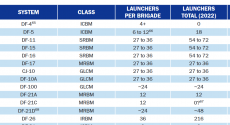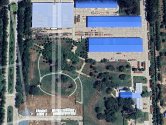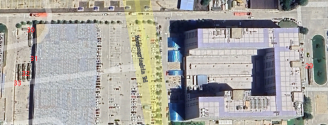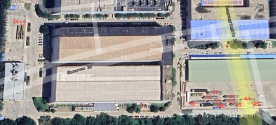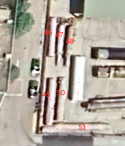Some food for thought from Decker and Jane's reporter on DF-17 and DF-26.
They said DF-17 is replacing old DF-11/15/16 near Taiwan based on satellite image, which I believed to be true but AFAIK there is currently no public image a.k.a Google Earth or Apple Map showing a DF-17 in their garrison. The only DF-17 caught by Google Earth are launchers from 655 Brigade facing North Korea.
And still old cliche on how "DF-26 is so destabilizing that US could accidentally hitting nuclear asset even if they don't intend to." How about not attempting a strike on the mainland of a nuclear country in the first place, also I would like to hear their assessment on how de-stabilizing nuclear-sharing is in the Europe.
Most importantly, Decker's report still over-estimates the nuclear role of DF-26, but you know it is a talking point of arm control nerds, meanwhile probably also over-estimating the launcher per brigade.
He claimed that each DF-26 brigade has 36 launchers, which I doubt it is true, I mean they could have 36 missiles but I haven't seen that many launcher on satellite image. It could be 18 launchers + 18 re-loading missiles. On the other hand, he under-estimated the number of SRBM in each brigade.
I mean seriously, SRBM brigade operates less missile than their IRBM counterpart, does it even make sense by common sense? In the real world, some of SRBM brigades are getting an additional launching battalion under their command, therefore naturally each brigades should operate either 18, 36, 54 or even 72 missiles by their own. I have no idea where the number of 27 is coming from.
The last minor mistake, I think the so-called eighth DF-26 brigade could be the first DF-27 brigade instead.
